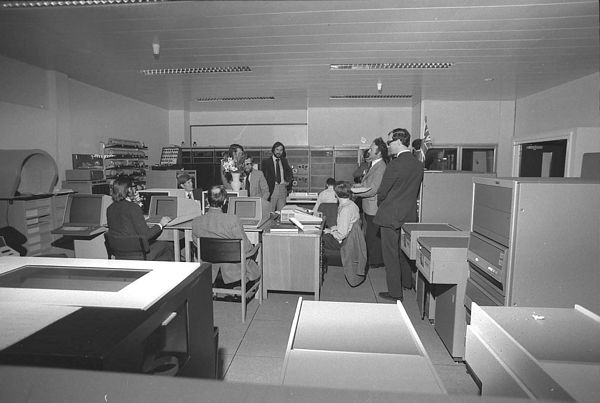


The GEC 4070 was delivered to RAL in the Spring of 1977 and passed its acceptance on 14 April 1977. The initial configuration was:
The machine was less powerful than the PRIME 400 but performed well interactively when the workload was not over-demanding. In consequence, the decision was made to install GEC systems in less demanding ones. As the engineers were taking a while to get up to speed in terms of interactive computing, most of the early systems installed by the ICF were GEC systems. RAL already had a great deal of expertise in GEC systems which also meant the ability to support them was available sooner.
These pages give some of the history of the involvement with GEC. The last ECN Newsletter has articles by Paul Bryant with regard to GECs and communications.